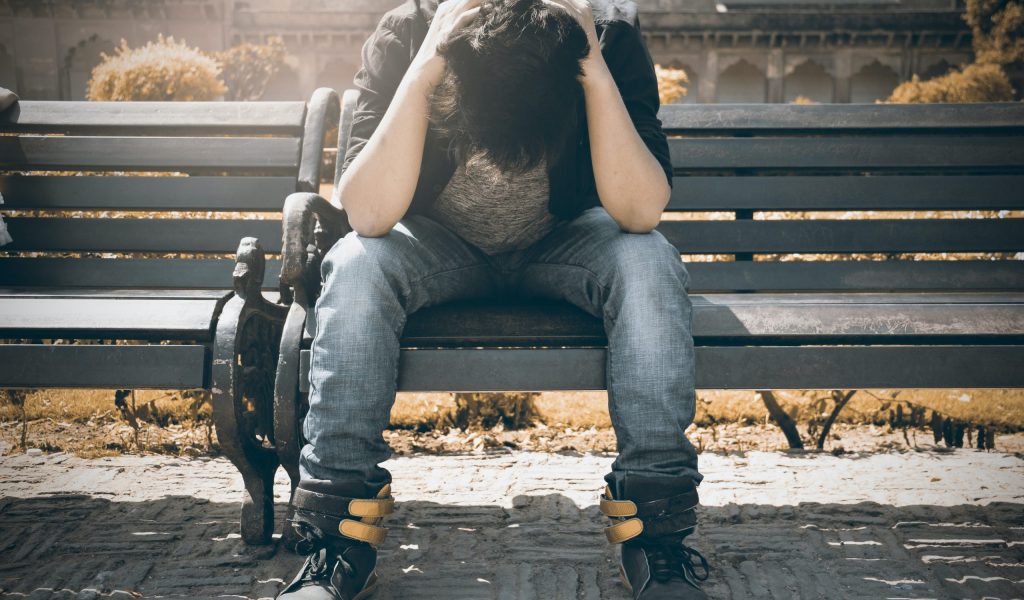An opinion piece for Sakeliga’s Policy Radar
In our previous policy radar opinion piece, we looked at the economy and the effects of production closures and the demarcation of essential products and services by policymakers. These steps are being taken in response to the danger posed by the Covid-19 pandemic. The dangers are of course real, but the current coercive measures, in turn, can have extremely negative socio-economic consequences of their own.
In a compelling opinion piece, professors Alex Broadbent and Benjamin Smart are among academics who are pointing out important policy trade-offs that must be taken into account. A balanced consideration of the dangers inherent in measures to combat Covid-19 does not mean a denial of the dangers surrounding the medical crisis. In fact, fully understanding the danger of Covid-19 requires a grasp of the economic and other ripple effects of the virus.
Ultimately, we can expect that for millions of people in South Africa, the tendency to worry about the virus will be overshadowed by concerns about basic needs, like food. It can even derail attempts to get people to keep to social distancing measures.
After the wave of the medical crisis has passed, an economic crisis is going to engulf our society. Ultimately, we can only buy with what we produce. If production is going to be obstructed for long, it will cause serious socio-economic problems, and that at a time of enormous national budget deficits. Without a significant, but politically difficult, adjustment to current spending, the government’s ability to provide assistance is likely to be very limited. Therefore, we believe, as many people as possible should be allowed to create value for others and earn an income.
What is the scope? How many people could be affected economically?
An imperfect and straightforward calculation gives us an idea of the possible extent of the effect on the public. A proportion of the formal sector will obviously be affected. Even if it is only a quarter, this amounts to nearly 2.8 million people, since about 11 million people work in the formal sector. Three million people work in the informal sector outside agriculture, which, proportionally, will most likely be more severely affected than the formal sector. Included are people who are engaged in an estimated 1.8 million informal enterprises. Furthermore, about 1.3 million people work in private households, and the impact on this group remains uncertain.
Then we also can’t forget about the 10 million unemployed who want to work, and those who rely on piecework and daily wages. The lockdown will undoubtedly make life extremely difficult for these groups of people.
It doesn’t take long for people to start going hungry, and many communities in SA already live hand to mouth. Many people are susceptible to hunger and food shortages. For millions of people, things were already bad, and now it’s worse.
Statistics South Africa shows that about 11.3% of people in South Africa were susceptible to hunger in 2018. This amounts to more than 6 million people. Moreover, in surveys, 20.2% of households indicated limited access to food. That is more than 3 million households. This was the reality before the lockdown legislation was introduced.
Millions of people, probably more than policymakers are assuming, can easily fall through the cracks during the lockdown. The risk is that the lockdown can lead to tremendous suffering – as President Ramaphosa did mention could happen. It is, however, important to understand the magnitude of the scope of the lockdown.
Formal support for the ‘informal’?
Apart from the enormous number of possible additional demands on the government and the great likelihood of system bottlenecks, the aid measures announced so far are largely focused on parties, organisations and groups that are in some way linked to the government’s formal system and the formal economy.
There was talk of a safety net for the informal sector, but so far there is little sign of it. Recent legislative changes, for example, now allow informal traders to sell food again, provided that they get approval from their local municipality. But are such requirements for approval really considering the realities of the informal sector? And, finally, how does it help people like the hairdresser in the corrugated iron informal dwelling?
A state is a creature of regulations, permits, approvals, and all kinds of market intervention and regulation, but to a great extent, the informal sector moves outside that framework. It is simply not on the books so much. This sector is not something that governments clearly understand (or perhaps want to understand), but that does not mean these operations do not play an important economic role.
The fact of the matter is that South Africa is not a rich developed country. Other countries’ measures will very likely not work in South Africa’s unique local circumstances. It is obvious that the South African economy will not have the same resilience as more affluent countries.
Problems greater than government assistance
The problem is not just a question of adequate aid packages to different vulnerable people. The problem is the availability of goods that those assistance funds are supposed to buy. If locally and globally measures continue to hamper the provision of goods and production (and imports!), complex chains of operation will become less and less effective. Then goods, including designated ‘necessities’, will start becoming scarce – even with aid money in hand. In that case, no state aid or discounts can fulfill all the urgent needs, and the result will be massive chaos.

